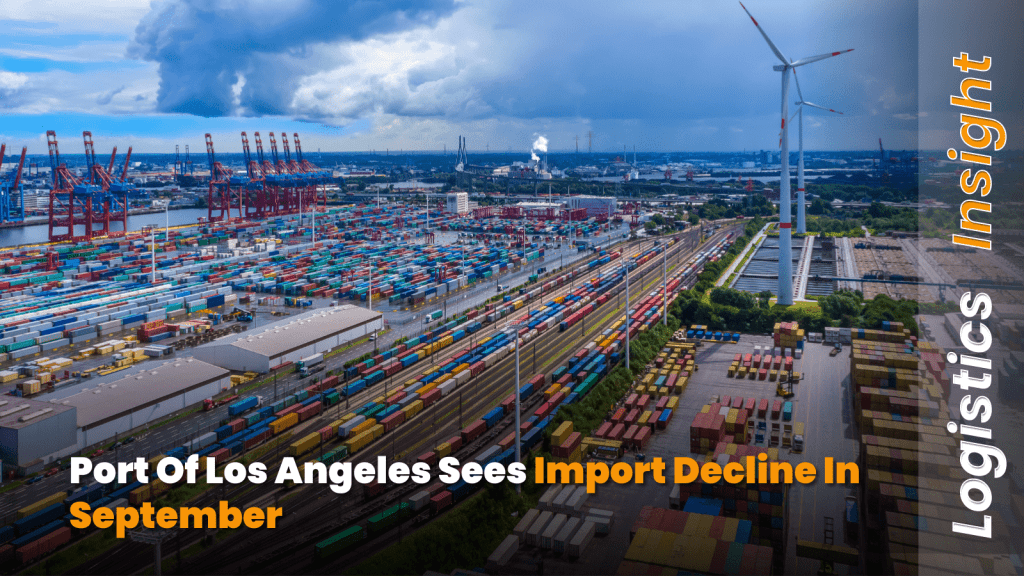
Intermodal vs. Traditional Trucking: Which Freight Option Is Right for You?
As freight transportation continues to evolve, shippers face an important choice: intermodal transportation or traditional trucking. Both have distinct advantages, challenges, and ideal use cases. Choosing the right method depends on your business goals, shipment types, timelines, and budget.
In this blog, we’ll break down the core differences between intermodal freight transport and traditional truckload shipping, and help you determine which solution best fits your logistics strategy.
Understanding the Basics
What Is Intermodal Transportation?
Intermodal transportation involves moving freight using two or more transportation modes—typically combining intermodal trucking with other methods like ocean or air freight. The key characteristic is that cargo stays in the same intermodal container throughout its journey, minimizing handling and improving security.
For example, a shipment might be transported from a manufacturer by truck, transferred to a cargo ship or aircraft, and then delivered to the final destination by another truck—all without ever unloading the container’s contents.
What Is Traditional Trucking?
Traditional trucking refers to over-the-road (OTR) transportation where freight is loaded into a truck trailer at the point of origin and transported directly to its destination. This includes both full truckload (FTL) and less-than-truckload (LTL) shipping.
There are no intermodal transfers—just one vehicle and one mode of transport from start to finish.
Comparing Intermodal and Traditional Trucking
1. Cost Efficiency
- Intermodal Shipping: Often more cost-effective over long distances, especially when fuel prices are high. Consolidating multiple shipments into a single container can also reduce per-unit shipping costs.
- Traditional Trucking: Typically more expensive for long hauls but more predictable for short- and mid-distance routes. Costs may rise with driver shortages or fuel price hikes.
Best Choice for Budget: Intermodal transportation, particularly for cross-country or multi-state shipments.
2. Transit Time
- Intermodal Freight Transport: May have longer delivery times due to mode transitions and potential port/terminal delays.
- Truckload Shipping: Generally faster for point-to-point delivery, with fewer stops or hand-offs.
Best for Time-Sensitive Deliveries: Traditional trucking.
3. Cargo Handling
- Intermodal Freight: Cargo is loaded once into an intermodal container and stays sealed throughout its journey. This reduces the risk of damage, theft, or mishandling.
- Trucking: Requires loading and unloading, especially for LTL shipments. More handling increases the chance of wear and tear.
Best for Fragile or High-Value Goods: Intermodal freight.
4. Environmental Impact
- Intermodal Services: Combining trucking with fuel-efficient modes like ocean or air can significantly reduce carbon emissions.
- Trucking: Trucking alone typically uses more fuel per mile and has a larger environmental footprint.
Best for Sustainability: Intermodal shipping.
5. Flexibility and Route Control
- Traditional Trucking: Offers more flexibility, allowing direct door-to-door deliveries, custom scheduling, and access to rural areas.
- Intermodal Transportation: Requires more planning and infrastructure access (ports, terminals). Limited flexibility in some cases.
Best for Flexible Deliveries: Traditional trucking.
When to Choose Intermodal Transportation
Choose intermodal freight carriers when:
- Shipping large volumes over long distances
- Cost savings are a top priority
- Transit times are flexible
- Cargo is palletized or containerized
- You’re seeking a more sustainable shipping strategy
Intermodal is ideal for manufacturers, retailers, and import/export businesses looking for dependable, scalable logistics solutions.
When to Choose Traditional Trucking
Choose traditional trucking when:
- You need fast, direct delivery
- Freight routes include rural or hard-to-reach areas
- Shipments are time-critical or require special handling
- Shipment volumes are small (LTL) or irregular
Traditional trucking works well for local deliveries, e-commerce fulfillment, or industries requiring fast inventory turnover.
Making the Right Decision
Here are a few factors to guide your freight decision:
| Criteria | Go with Intermodal | Go with Traditional Trucking |
| Distance | Long Hauls | Short to Medium |
| Budget | Cost-Sensitive Shipments | Premium Service |
| Speed Requirement | Flexible Deadlines | Time-Sensitive Deliveries |
| Cargo Type | Palletized, Containerized | Mixed Loads, Perishables |
| Environmental Goals | Low-Carbon Preference | Less Priority on Emissions |
Still unsure? Consider hybrid solutions that allow you to combine both methods to meet different logistics needs.
Final Thoughts
Intermodal vs. traditional trucking isn’t about choosing the “better” method—it’s about finding the right fit. Both methods serve critical roles in freight logistics and can be tailored to suit your timeline, budget, and cargo requirements.
By understanding the strengths and limitations of each, you can design a freight strategy that reduces costs, enhances reliability, and supports business growth.
If you’re looking for expert help managing your freight options, consider working with a logistics provider experienced in both intermodal services and truck transportation solutions.



